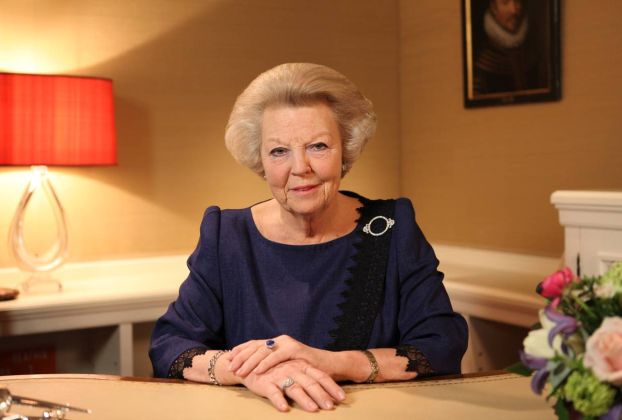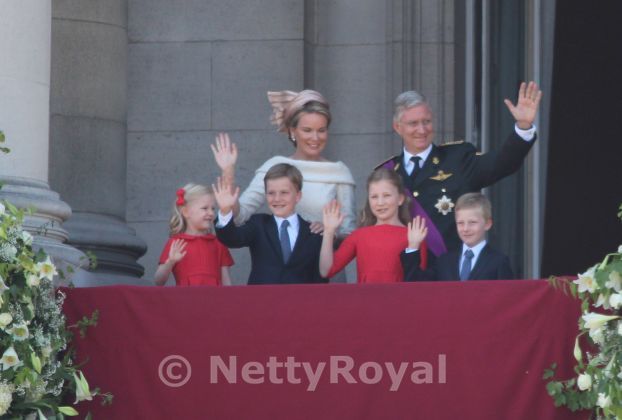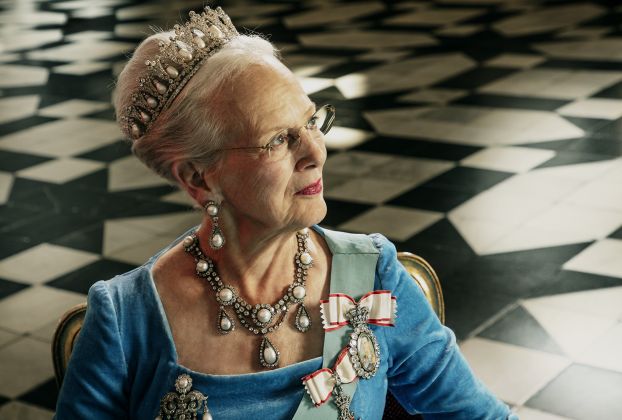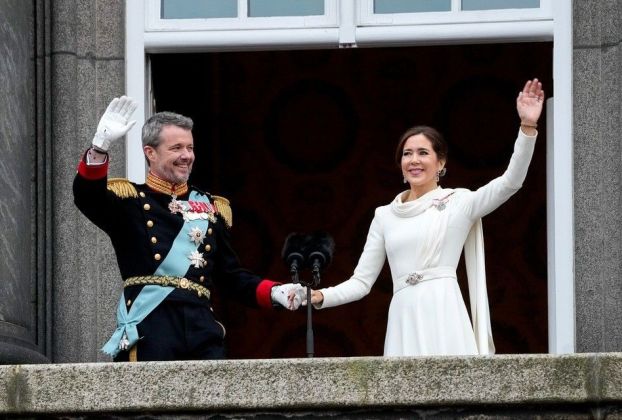For a long time, monarchs tended to sit on their thrones until the day they died, and many regarded it as a failure to quit the throne. The heirs were handed over more power if necessary. With the abdication of Queen Margrethe II of Denmark, another country has joined the growing list of monarchies, where the rulers favour to retire. The country follows the example of several other countries where this happened in the past eleven years: Vatican City (2013), The Netherlands (2013), Qatar (2013), Belgium (2013), Spain (2014) and Japan (2019). While in some of these monarchies it had (nearly) never happened before, that a monarch left the throne to a younger generation, in other countries it is more usual.
In Vatican City, Pope Benedict XVI after 2013 became known as the Pope Emeritus and died in 2022 aged 95.. He was the first pope to vacate the Holy See since Pope Gregory XII in 1415. In Belgium there had been one abdication: that of King Leopold III, who didn’t leave voluntarily in 1951. His son King Albert II in 2013 left the throne to his eldest son, King Philippe. Queen Margrethe II was the first Danish monarch to abdicate since 1146. In Spain monarchs a resignation of a monarch has happened before, the last King to do so before King Juan Carlos I in 2014, was his grandfather King Alfonso XIII who fled Spain in 1931 and never formally abdicated. The country became a republic. The last time an abdication took place in Japan before Emperor Akihito, was in 1817 when Emperor Kōkaku chose to do so.
From the seven Dutch monarchs thus far, four chose to abdicate. King Willem I didn’t do that totally voluntarily in 1840, Queen Wilhelmina in 1948, Queen Juliana in 1980 and Queen Beatrix in 2013 did. Also in Luxembourg it has become somewhat of a tradition. Grand Duchess Marie-Adélaïde in 1919 was forced to leave. However, her sister Grand Duchess Charlotte in 1964 and Grand Duke Jean in 2000 chose to hand over their throne to the next generation long before they died.


There can be many reasons for a monarch to abdicate. Old age and health problems were for example mentioned by King Albert II of the Belgians and Emperor Akihito of Japan, while Pope Benedict XVI also spoke about “lack of strength of mind and body” due to his advanced age. Queen Margrethe II of Denmark in her New Year’s Speech on 31 December 2023 said it was the right time to hand over her throne to the next generation because: “The time takes its toll, and the number of “ailments” increases. One cannot undertake as much as one managed in the past.” Queen Beatrix of the Netherlands in 2013 said it was time to “place the responsibility for the country in the hands of a new generation“. Her mother, Queen Juliana, in 1980 had stated:
“With everyone who gets old, sooner or later the down-to-earth fact occurs that strength starts to decline and such a person can no longer perform his or her task as before. Then a moment comes when it is no longer responsible to carry it out any longer. Thus I feel that for me the time is approaching when I will resign my task as your Queen.“
Later that year, she stated that it was “better for the Kingdom and for all of us Dutch, that a fresh new force will take my place“. Juliana’s mother, Queen Wilhelmina, after 50 years on the throne, mentioned that “there is the burden of climbing years, a deterioration of resilience, resistance and working capacity.” Grand Duke Jean of Luxembourg in 1999 mentioned: “I strongly believe that, at the dawn of the new millennium, and after reigning for more than 35 years, it is wise for me to retire from state matters.”
King Willem I of the Netherlands was not in favour of changes to the Dutch constitution. Another reason to give up his throne was the loss of Belgium some years earlier. Also he wanted to marry the Belgian Countess Henriette d’Oultremont, who was a Roman Catholic. King Leopold III of the Belgians’ controversial behaviour in World War II – he stayed in Belgium – caused problems for him after the war. He also had married Lilian Baels during the war, a Belgian commoner, what the Belgians thought, was a betrayal of the memory of his beloved late wife, Queen Astrid. He stayed abroad, and a referendum was held in 1950. His return to Belgium then caused huge protests. His son Baudouin became a regent, and in 1951 the government pressured Leopold to abdicate in favour of his son. The young Grand Duchess Marie-Adélaïde of Luxembourg in 1919 was forced to give up the throne, because of her too pro-German attitude in World War II. Officially, King Juan Carlos I of Spain said in 2014:
“Today a younger generation deserves to take the front line, with new energies, resolute in undertaking with determination the transformations and reforms that this moment in time demands and to confront tomorrow’s challenges with renewed intensity and dedication.“
However, it is quite clear, that his deteriorating health and especially the controversial events in the last years of his reign, have played a huge role. Lots of Spanish people had lost confidence in him after a series of scandals, including the Noos corruption case around his son-in-law Iñaki Urdangarin, and his own exclusive elephant hunting trip to Botswana in 2012, in the middle of a financial crisis.



Being Dutch myself, I see many advantages of an abdication, or like in Liechtenstein, where the Sovereign Prince formally remains head of state, but has handed over the power of daily political business to his son, the Hereditary Prince, years ago. As some monarchs have said, it is sometimes good to hand over the throne to the younger generation. The older monarchs get, the bigger the age gap between them and the younger people in their country.
Another reason would be the festive nature. While in Norway there is at least festive consecration some time after the death of a monarch, in Denmark for example, thus far the accession of a new monarch had been a very mournful occasion. One remembers the photos of the new, sad looking Queen Margrethe II back in 1972, standing on the balcony of Christiansborg in Copenhagen, fully dressed in black, on the day after her father’s death.
Her son, King Frederik X’s accession to the throne was basically not very different when it came to the official event itself, but instead of a sad occasion, this time was a very festive occasion. The fact that the previous monarch was still alive gave the Danish people a reason to celebrate. Because in Denmark, Spain and Belgium, the time between the official announcement of the abdication was only a few weeks, there wasn’t a lot of time to organize something. In the Netherlands on the other hand, there were a few months to organize huge celebrations. But despite the very short notice still a lot of people were celebrating out on the streets, despite the cold in Copenhagen (Denmark), or the heath in Brussels (Belgium). Will Queen Margrethe II become an example to more monarchs in the future?
